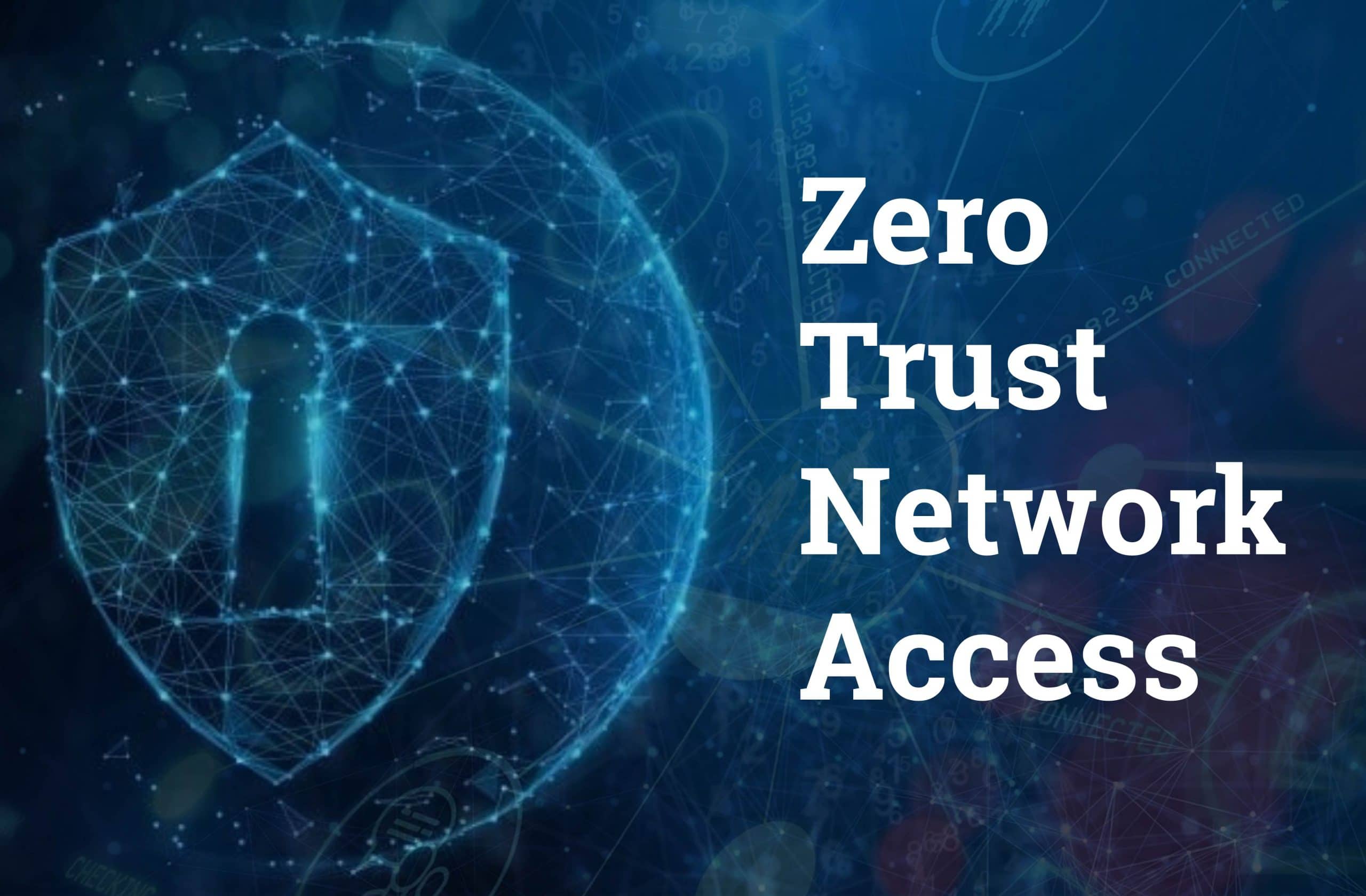Zero trust network access is a new security model that is designed to protect organizations from cyberattacks by denying access to networks and data until the user is authenticated and authorized. In a zero-trust network access model, users are authenticated and authorized every time they access a network or data, regardless of their location or the type of device they are using.

What Is a Zero Trust Network?
A zero-trust network is a network that does not trust any devices or users. The idea behind a zero-trust network is that any device or user can be a potential threat, so it is not safe to trust any device or user. To keep data and systems safe, a zero-trust network relies on security controls that are applied uniformly to all devices and users.
How to Implement Zero Trust
Zero Trust is a security model that does not rely on predefined trust levels. Instead, it uses contextual information to determine whether users or devices should be granted access. Implementing Zero Trust can be challenging, but there are several steps you can take to get started. But first you have to get the Zero trust Network product from the celestix.com site.
First, you need to identify the systems and data that need to be protected. Zero Trust security is not a one-size-fits-all solution, so you need to tailor your security strategy to your specific needs. Next, you need to create a security framework that will define how users and devices are authenticated and authorized. This framework should be based on your specific business needs and requirements.
Once you have created your security framework, you need to implement it. This can be a daunting task, but there are several tools and resources available to help you get started. Finally, you need to continuously evaluate and update your security strategy to ensure that it meets your changing needs.
Benefits of Zero Trust
Zero trust security is a term for security models that don’t rely on predefined trust levels. In a zero-trust security model, users and devices are both treated in the same manner, so it’s impossible to cut corners in the security process.
The zero trust security model has a number of benefits. First, it eliminates the need for perimeter security. With a traditional security model, you need to protect the perimeter of your network in order to keep unauthorized users out. With a zero-trust security model, there is no perimeter, so you don’t need to worry about unauthorized users accessing your network.
Second, zero trust security models are more secure than traditional security models. In a traditional security model, you trust all users and devices on the network, which opens up the possibility of a security breach. In a zero-trust security model, you don’t trust any users or devices, so it’s much more difficult for a security breach to occur.
Third, zero trust security models are more efficient than traditional security models. In a traditional security model, you have to create separate security policies for different users and devices. This can be time-consuming and difficult to manage. In a zero-trust security model, you can use the same security policy for all users and devices, which makes it much easier to manage.
Fourth, zero trust security models are more scalable than traditional security models. In a traditional security model, you have to create separate security policies for different users and devices. This can be time-consuming and difficult to manage. In a zero-trust security model, you can use the same security policy for all users and devices, which makes it much easier to.

